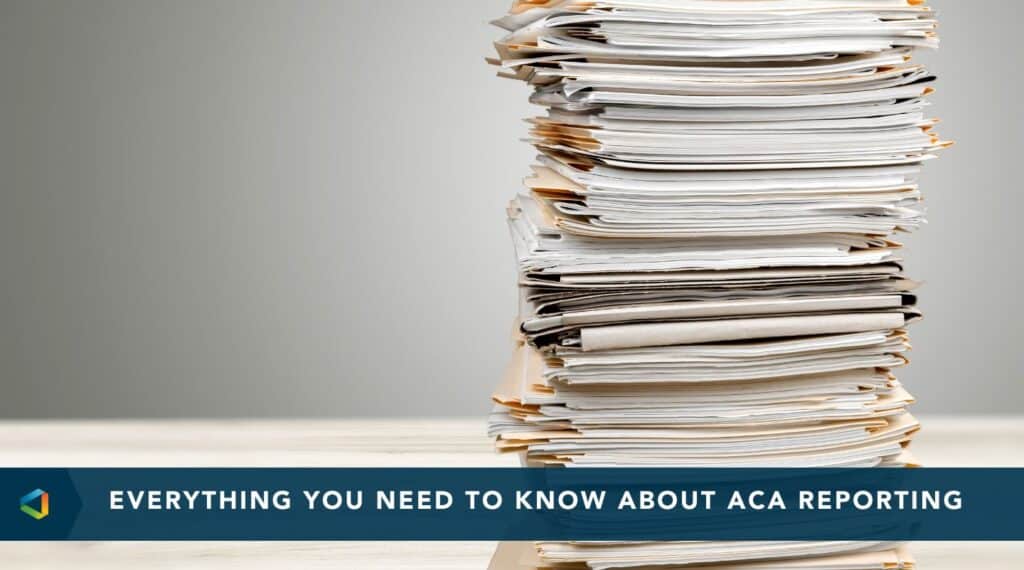The Affordable Care Act (ACA) has added employer reporting requirements to the IRS code, and on March 5, 2014 the final reporting rules were released. The regulations are being imposed to assist the IRS with enforcing the employer “Pay or Play” penalty, and to help employees determine if they could qualify for a premium credit.
The IRS requires two reports. The first is Form 6055. This annual report requires health insurers and self-funded employers to report to both the IRS and their employees if the coverage offered meets minimum essential coverage requirements. This report will help the IRS enforce the individual mandate penalty. The data elements of this report are as follows:
- The names and addresses of the employees and dependents covered by the health plan
- Their social security numbers, or birth date if unavailable
- A list of the specific months they were covered for at least one day
Most of the information for this report will be generated by the health insurance carriers. Employers with self-insured programs, as noted above, will be responsible for reporting this information.
The second report required by the IRS is Form 6056. This annual report requires employers to report to both the IRS and to their employees information about the affordability of their plan and help them determine if they are eligible for a tax credit if they purchase a plan from the public exchange. The data elements of this report are:
- For large employers, a certification of an offer to enroll in the employer’s plan
- The number of full time employees by calendar month
- The number of months for which coverage was available for each full time employee, and the employee only cost for the lowest cost medical option which provides minimum value
- The names, addresses and social security numbers of each full time employee
- The months each employee was covered under the employer’s group health plan
The reporting requirements are daunting, and require meticulous record keeping. Fortunately, the final regulations allow for a simplified reporting process. This process includes the following:
- The final regulations will require only one form which combines both reporting requirements of Forms 6055 and 6056. The top half of the report will report the information required for Form 6056 and the bottom half will have the information needed for Form 6055
- For employers that provide a “qualifying offer” to their full time employees, the month by month by month reporting requirement will not be imposed. If an employee received a “qualifying offer” for all 12 months of a plan year, the employer will only need to report the names, addresses, and taxpayer identification numbers, along with an indicator code. For employees receiving a qualifying offer for fewer than all 12 months in a plan year, a different indicator code can be used to report to both the individual employee and the IRS
- The ACA exempts employers that have fewer than 50 full time employees from the employer shared responsibility provisions and the employer reporting requirements.
A “qualifying offer” is an offer of minimum value coverage which provides employee-only coverage which is “affordable” (at a cost of no more than 9.5% of the Federal Poverty Level).
In addition, the IRS is allowing transition relief for 2015. Specifically, if an employer has offered “qualifying coverage” to at least 95% of its full time employees, the employer can use simplified reporting for all full time employees including those that did not receive a “qualifying offer” for the entire 12 months.
The IRS will also allow separate transition relief if an employer certifies that it offers coverage that is both affordable and meets minimum value standards to at least 98% of its full time employees. That employer will not be required to provide the detailed reports outlined above.
The first reports to the IRS will be required by March 1, 2016 for the 2015 calendar year. In addition, the first reports to employees are due no later than January 31, 2016 for the 2015 calendar year. As with many of these recent regulations, frequent changes may occur. For additional guidance please review the IRS Treasury Fact Sheet, a good source of information and updates. And as always, contact your OneDigital Consultant if you would like to discuss these reporting requirements further.



